
Jan Kaplický - Own Way
retrospective exhibition at the DOX center
The exhibition of works by Jan Kaplický was officially opened on Thursday evening at the Holešovice Center for Contemporary Art DOX. Following the unexpected passing of this Czech architect-visionary, who lived in Great Britain for most of his life and was the founder of Future Systems, this exhibition was meant to be the first comprehensive posthumous retrospective of his work. It is therefore understandable that there was significant attention focused on its organization. If we consider the undeniable importance of Kaplický's works in the context of the European architectural scene on one hand, and the controversies that his work – particularly associated in the Czech environment with the problematic competition and subsequently unrealized design of the new National Library – has stirred, it is clear that this exhibition represents one of the key events in this year's exhibition program at the DOX center. Will the exhibition meet these expectations?
The completely filled exhibition hall on Thursday evening confirmed that a considerable number of Kaplický’s colleagues, collaborators, contemporaries, and admirers had come to see it. The director of the DOX center, Leoš Válka, spoke briefly to them, while Deyan Sudjic, director of the London Design Museum and a long-time friend of the architect, reminded everyone that he is also the builder of one of Kaplický's houses. A representative from the international advisory board of DOX revealed that businessman Zdeněk Bakala had become the institution's main partner, and former partner of Kaplický and author of the exhibition, Eva Jiřičná, introduced the architect as someone who made no creative compromises and persistently advocated for his own views. However, let us move beyond the subsequent fashion show of the collection designed by Jan Kaplický for the Czech brand Leeda and finally address the exhibition itself.
The undeniable contribution of the entire undertaking can undoubtedly be seen in the massive amount of accumulated material in the form of photographs, sketches, plans, design samples, and last but not least, sixty models. Visitors thus have the opportunity to perceive the architect's creative development as a whole, or rather the consistent adherence to organic shapes, the transfer of a specific design perspective into architecture, and a direction towards high-tech technologies; as well as to observe a lesser interest in urban themes through its absence. However, the attempt to present Kaplický's work in full breadth seems to have led to a certain weakening of clarity and structure with the large volume of visual information. The undulating panels display realizations, sketches, inspirations, and snapshots from personal life, in which the only guide for visitors is the occasional year placed on the floor. The chronological order, confirmed by the project number, is practically the only informational axis supporting the entire exhibition. (By the way, the project numbers that do not follow one another suggest that the true scope of Kaplický's work was much greater. Do they originate from the architect's records? Did they arise only during the preparation of the exhibition? Personally, I would consider it beneficial, for example, to present a complete list.) From the very sparse captions, it is not always clear whether the works are realized or unrealized, viewers cannot ascertain the precise dating, address, investor, let alone the materials used or names of possible collaborators. This absence of informational apparatus is, in my view, one of the main issues of the exhibition.
This issue is also related to the fact that the extensive display of works lacks an introductory text that would attempt to place Kaplický's work in the context of European or even global architecture, grasp its essence or specifics. The text that serves this role in the exhibition is more of a brief biography. In this regard, I dare to present one more remark, with the belief that it will not be considered heretical: I believe that Kaplický's work – as presented in DOX – is strong enough to withstand debate. Not silencing the critical voices that the author faced, grappled with during his life, and which certainly shaped his career to some extent, would, in my opinion, mean representing Jan Kaplický as a more self-assured architect. Facilitating contemporary professional discourse, in my opinion, would bring confrontation, which Kaplický's works undoubtedly have the strength to confront and should not be protected from.
The final remark concerns the installation. If so many models were successfully obtained and presented to the viewer, their presentation deserves more space. Separating the appropriate three-dimensional study from related photographs and plans, as well as arranging them closely next to each other, diminishes the potential that they carry. Whether it was due to the spatial possibilities (otherwise generously spacious) of the hosting institution or the intention of the organizing team, it is open to discussion whether the chosen solution ultimately disrupts the intended concept of "a journey through time."
All the aforementioned remarks could probably be addressed with firm curatorial guidance. At this point, the question arises as to whether the personal engagement of the architect's closest collaborators (however educated) or even family members is the most suitable key for interpreting this task. Just as a reminder, which unfortunately applies far beyond this exhibition in today's Prague, the position of an "independent" curator is irreplaceable.
Despite the mentioned reservations, Kaplický's exhibition is a very inspiring source, especially of visual stimuli, directed at the broadest public. Or, perhaps, at those who come to DOX already missing information or do not demand it at all. Even an expert familiar with Jan Kaplický’s work through numerous publications has not had the opportunity to see such a substantial set of models in their entirety until now.
JAN KAPLICKÝ – ON HIS OWN PATH
Center for Contemporary Art DOX (Poupětova 1a, Prague-Holešovice)
16. 4. – 2. 8. 2010
The exhibition was created under the guidance of architect Eva Jiřičná in collaboration with the Center for Contemporary Art DOX, Eliška Fuchsová Kaplický, AI Design, LN Design, and Alba Design Press.
The completely filled exhibition hall on Thursday evening confirmed that a considerable number of Kaplický’s colleagues, collaborators, contemporaries, and admirers had come to see it. The director of the DOX center, Leoš Válka, spoke briefly to them, while Deyan Sudjic, director of the London Design Museum and a long-time friend of the architect, reminded everyone that he is also the builder of one of Kaplický's houses. A representative from the international advisory board of DOX revealed that businessman Zdeněk Bakala had become the institution's main partner, and former partner of Kaplický and author of the exhibition, Eva Jiřičná, introduced the architect as someone who made no creative compromises and persistently advocated for his own views. However, let us move beyond the subsequent fashion show of the collection designed by Jan Kaplický for the Czech brand Leeda and finally address the exhibition itself.
The undeniable contribution of the entire undertaking can undoubtedly be seen in the massive amount of accumulated material in the form of photographs, sketches, plans, design samples, and last but not least, sixty models. Visitors thus have the opportunity to perceive the architect's creative development as a whole, or rather the consistent adherence to organic shapes, the transfer of a specific design perspective into architecture, and a direction towards high-tech technologies; as well as to observe a lesser interest in urban themes through its absence. However, the attempt to present Kaplický's work in full breadth seems to have led to a certain weakening of clarity and structure with the large volume of visual information. The undulating panels display realizations, sketches, inspirations, and snapshots from personal life, in which the only guide for visitors is the occasional year placed on the floor. The chronological order, confirmed by the project number, is practically the only informational axis supporting the entire exhibition. (By the way, the project numbers that do not follow one another suggest that the true scope of Kaplický's work was much greater. Do they originate from the architect's records? Did they arise only during the preparation of the exhibition? Personally, I would consider it beneficial, for example, to present a complete list.) From the very sparse captions, it is not always clear whether the works are realized or unrealized, viewers cannot ascertain the precise dating, address, investor, let alone the materials used or names of possible collaborators. This absence of informational apparatus is, in my view, one of the main issues of the exhibition.
This issue is also related to the fact that the extensive display of works lacks an introductory text that would attempt to place Kaplický's work in the context of European or even global architecture, grasp its essence or specifics. The text that serves this role in the exhibition is more of a brief biography. In this regard, I dare to present one more remark, with the belief that it will not be considered heretical: I believe that Kaplický's work – as presented in DOX – is strong enough to withstand debate. Not silencing the critical voices that the author faced, grappled with during his life, and which certainly shaped his career to some extent, would, in my opinion, mean representing Jan Kaplický as a more self-assured architect. Facilitating contemporary professional discourse, in my opinion, would bring confrontation, which Kaplický's works undoubtedly have the strength to confront and should not be protected from.
The final remark concerns the installation. If so many models were successfully obtained and presented to the viewer, their presentation deserves more space. Separating the appropriate three-dimensional study from related photographs and plans, as well as arranging them closely next to each other, diminishes the potential that they carry. Whether it was due to the spatial possibilities (otherwise generously spacious) of the hosting institution or the intention of the organizing team, it is open to discussion whether the chosen solution ultimately disrupts the intended concept of "a journey through time."
All the aforementioned remarks could probably be addressed with firm curatorial guidance. At this point, the question arises as to whether the personal engagement of the architect's closest collaborators (however educated) or even family members is the most suitable key for interpreting this task. Just as a reminder, which unfortunately applies far beyond this exhibition in today's Prague, the position of an "independent" curator is irreplaceable.
Despite the mentioned reservations, Kaplický's exhibition is a very inspiring source, especially of visual stimuli, directed at the broadest public. Or, perhaps, at those who come to DOX already missing information or do not demand it at all. Even an expert familiar with Jan Kaplický’s work through numerous publications has not had the opportunity to see such a substantial set of models in their entirety until now.
JAN KAPLICKÝ – ON HIS OWN PATH
Center for Contemporary Art DOX (Poupětova 1a, Prague-Holešovice)
16. 4. – 2. 8. 2010
The exhibition was created under the guidance of architect Eva Jiřičná in collaboration with the Center for Contemporary Art DOX, Eliška Fuchsová Kaplický, AI Design, LN Design, and Alba Design Press.
The English translation is powered by AI tool. Switch to Czech to view the original text source.
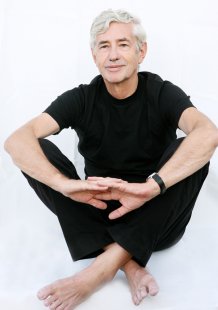
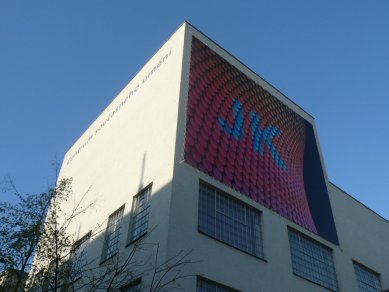
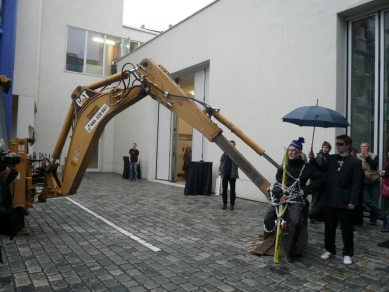
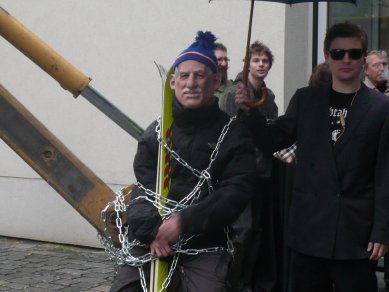
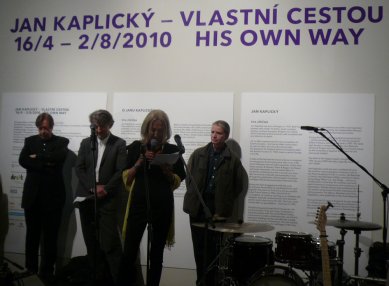
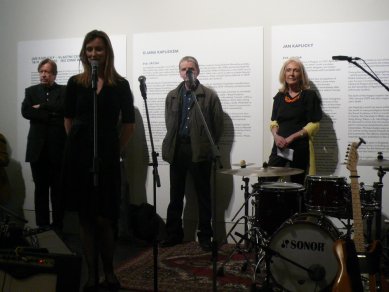
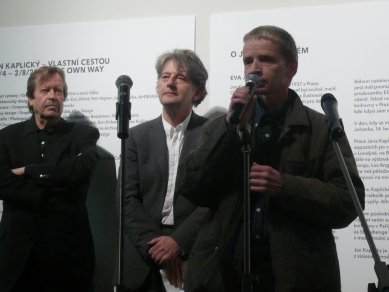
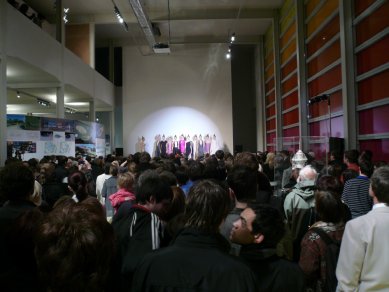
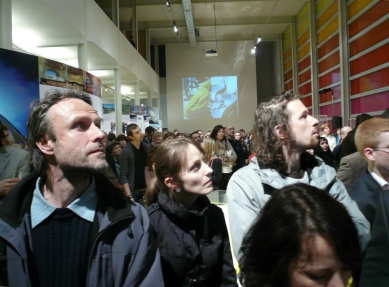
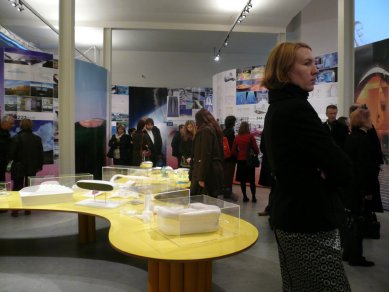

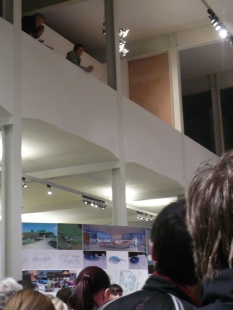
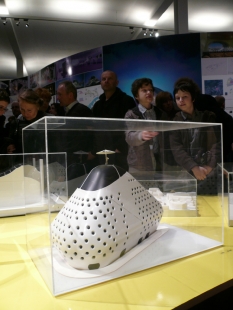
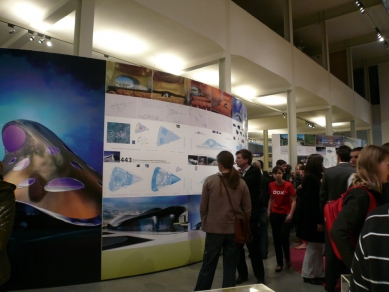

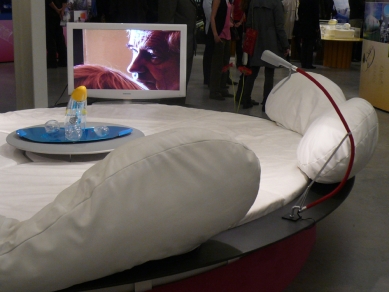
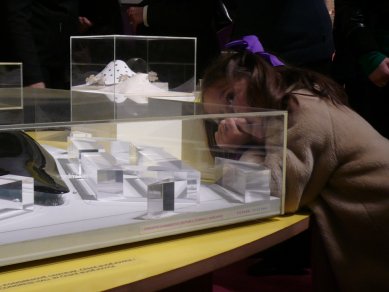
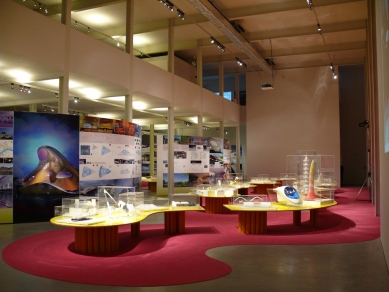
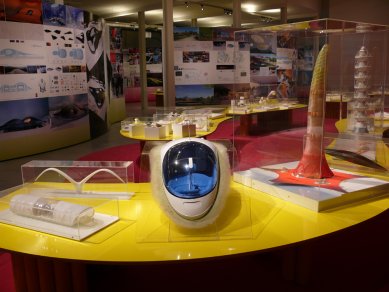
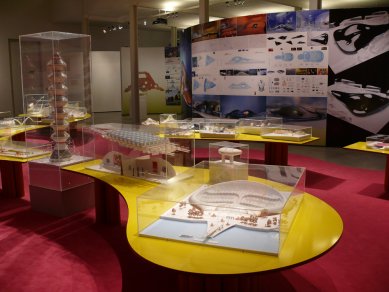
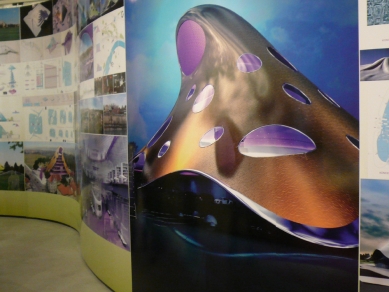
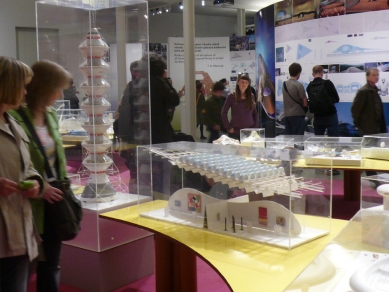
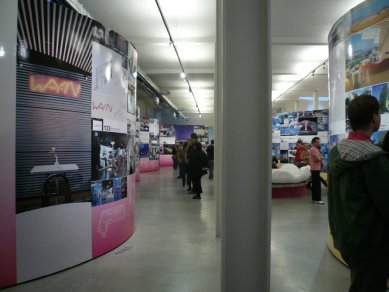
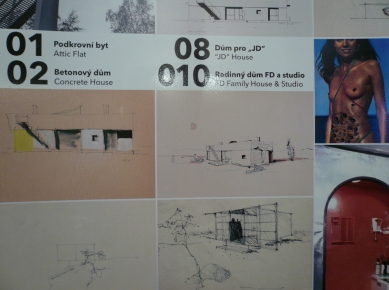
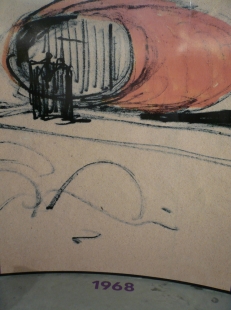

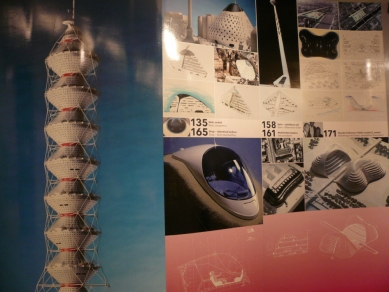
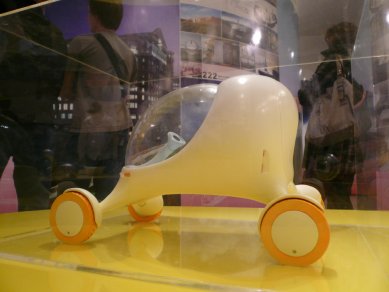
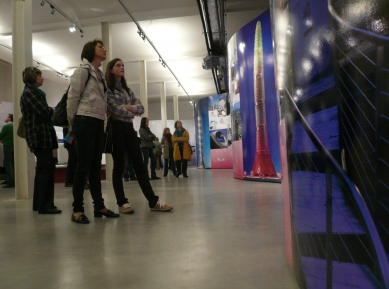
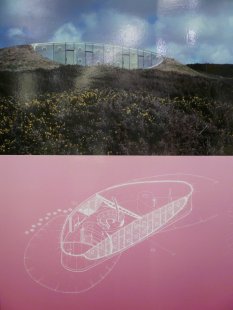

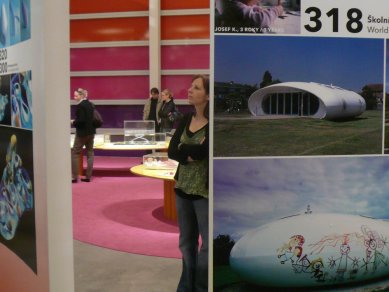
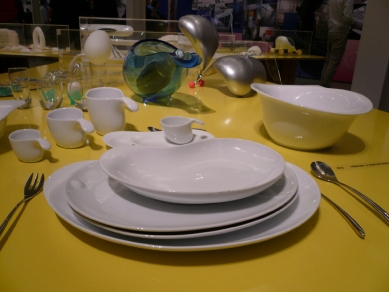
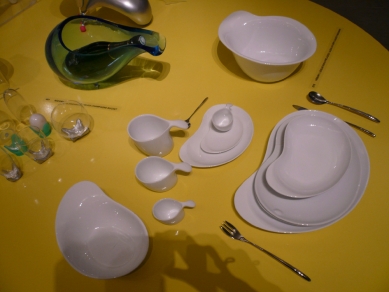
23 comments
add comment
Subject
Author
Date
Vlastni cestou
Lukas Mourecek
20.04.10 07:55
Rychle pryč!
Jan Pavel
20.04.10 07:50
dotaz
...
27.04.10 09:47
DOX je když... Kaplický jako fíkový list?
Novotný
28.04.10 09:03
to Novotný
Daniel John
28.04.10 01:09
show all comments










